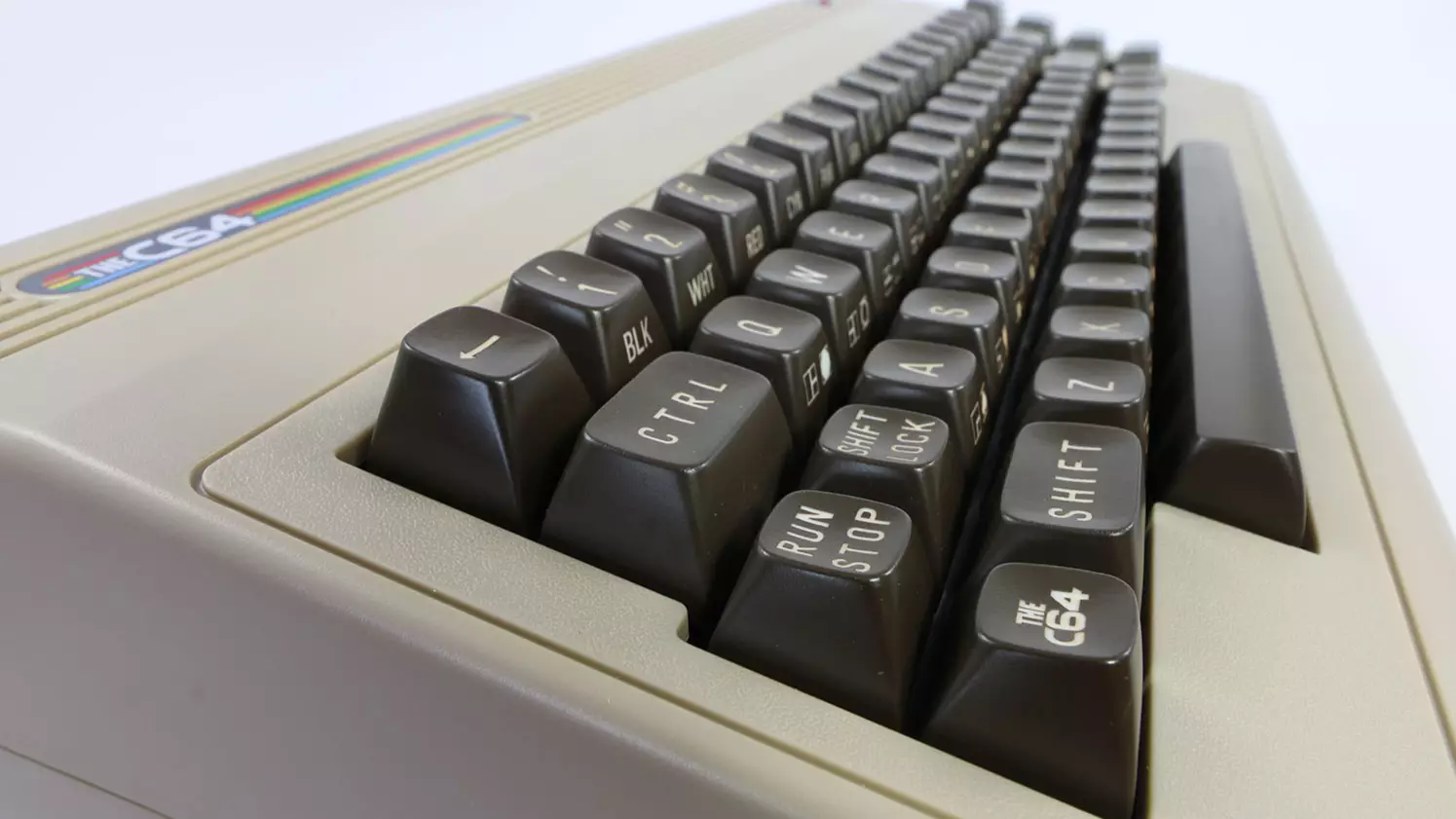
I'm a big fan of the small retro consoles available these days - the plug-in-and-play systems like the Super Nintendo Classic and the Mega Drive Mini, which give approaching-middle-age gamers like me a spread of great-and-good titles from previous eras, full-size control pads and the convenience of a contraption that's compact and superbly simple to set up.
They've not all been brilliant, so far - the PlayStation Classic was an opportunity missed for Sony - but, generally speaking, these consoles all do three things very well. Firstly, they're small, so can be tucked neatly away behind TVs, or even popped back into their boxes with ease, for hiding away in a cupboard when a partner demands that you tidy the living room.
They're packed with recognisable games from enduring series, like Resident Evil, Sonic, Final Fantasy, Super Mario, Zelda and Streets of Rage - all names present and correct as we slide into 2020. And they're relatively inexpensive, at least in terms of RRP (the £199.99 Capcom Home Arcade aside, but that's a different beast entirely), given the amount of games and healthy dose of nostalgia they provide.
Newly released, Retro Games Ltd's The C64 doesn't manage to tick any of these boxes. A full-size replica of the Commodore 64 - still the world's best-selling home computer, introduced in 1982 and only discontinued in 1994 when Commodore filed for bankruptcy - this is a bulky chunk of purposefully dull plastic, with a perfectly proportioned (and functional!) keyboard intact.
Advert
As such, it's not exactly something you can pop behind a cushion. When it's out, it's out, a statement plaything that'll dominate any coffee table, trailing its leads up to the TV. And it comes with an appropriate cost of £109.99, significantly more than the recommended asking price for Nintendo and SEGA mini-consoles.
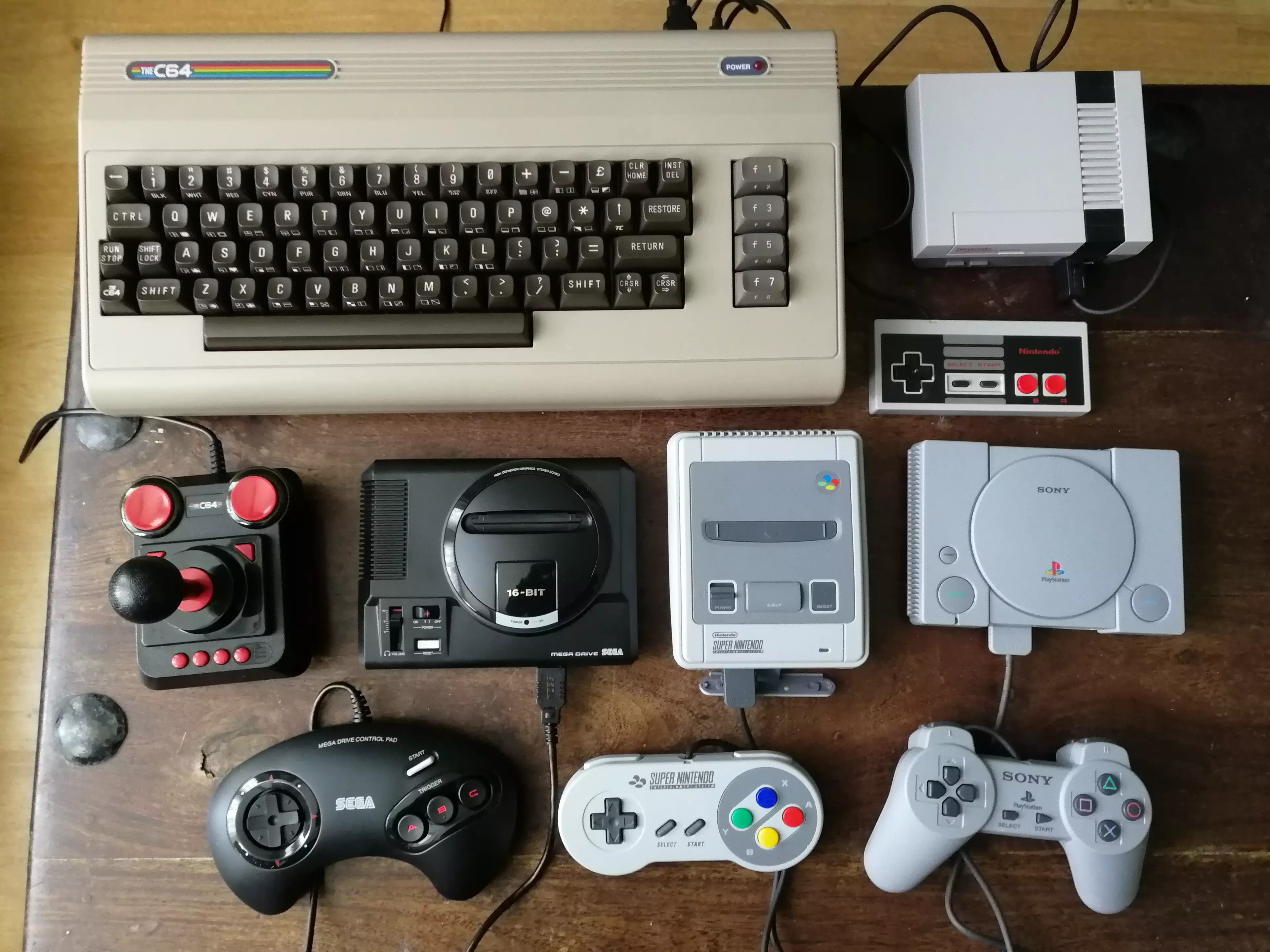
But what are you getting for your money here? As you might've guessed, given The C64 has a satisfyingly loud keyboard, a clicky-clacky joy to drum your fingers over, there's the option of booting the system to BASIC, aka Beginner's All-Purpose Symbolic Instruction Code, aka the programming language of Commodore's 8-bit home computers.
But BASIC, while fun for fiddling around with for a few minutes, isn't something that the majority of customers are going to use - programmers excepted, of course. Similarly, the option to start The C64 in 'classic' mode, covering both Commodore 64 and VIC 20 models (the VIC 20 was the 64's predecessor, launched in 1981), won't be much more than a brief distraction. There's no doubt that anyone who had these computers in the 1980s will enjoy seeing familiar screens full of text, and prompts to input commands in order to run games - but it's 2019, and we want our entertainment rather more immediately.
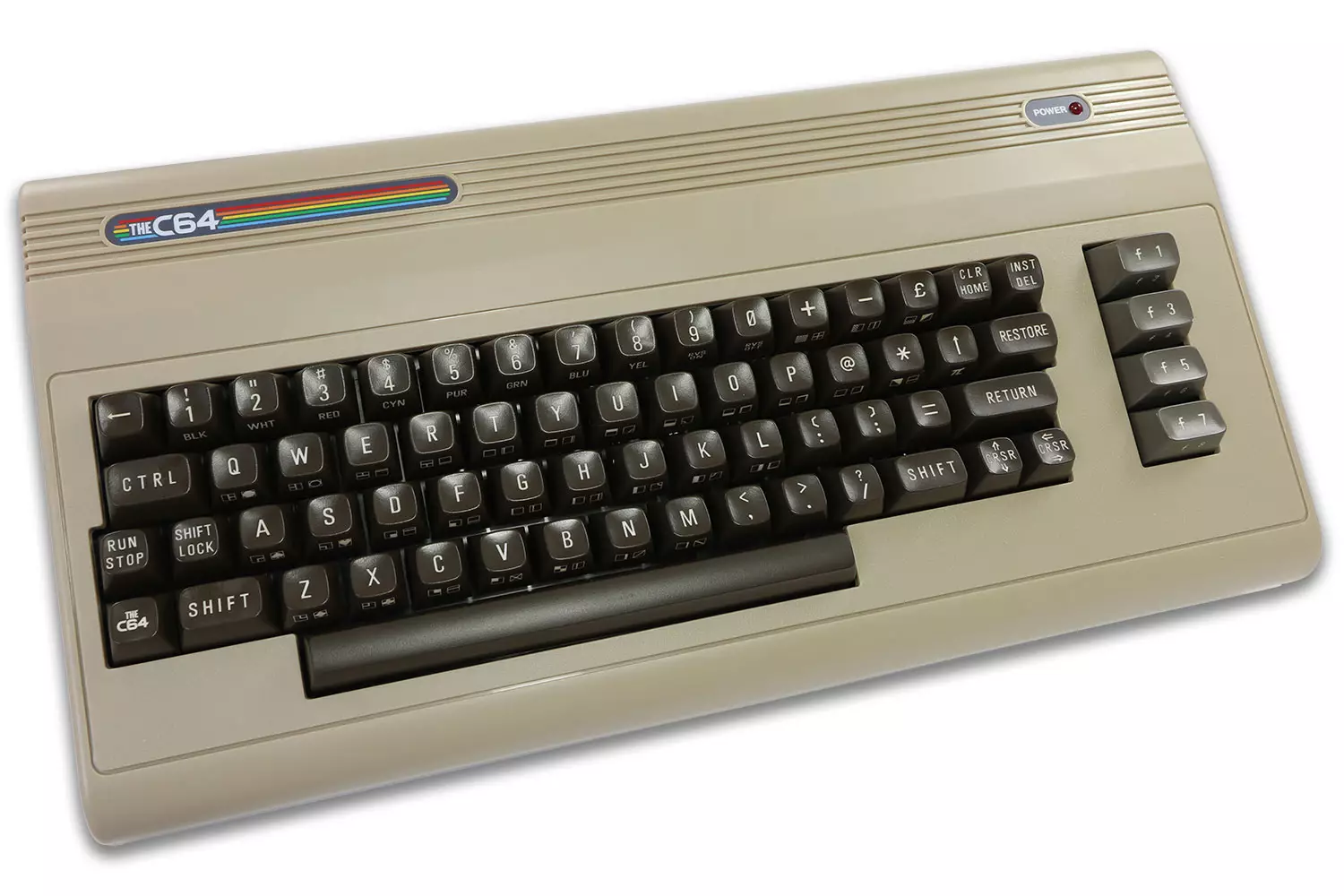
Thankfully, The C64 has a carousel option, displaying all of its pre-installed 64 games by title, release date, or genre. And to say that these represent a wildly diverse array of releases is an understatement, as there's everything from platformers to extreme sports games in here, via text adventures, proto-3D racers, puzzlers and weirdo shooters - looking at you, Attack of the Mutant Camels.
Advert
Games - each with four save slots (so no noting down lengthy passwords) - are mostly played using the included micro-switched joystick, which feels similar to ZipSticks of the 1980s but - at least based on my initial sessions with it - a little too stiff and suffering for not having suction cups. Stability is vital for the likes of Summer Games II, where precision waggling is an essential part of success. I expect it to loosen up a bit in time, albeit hopefully not too much - I lost too many joysticks to intense wagglers like WWF: WrestleMania, back in the day.
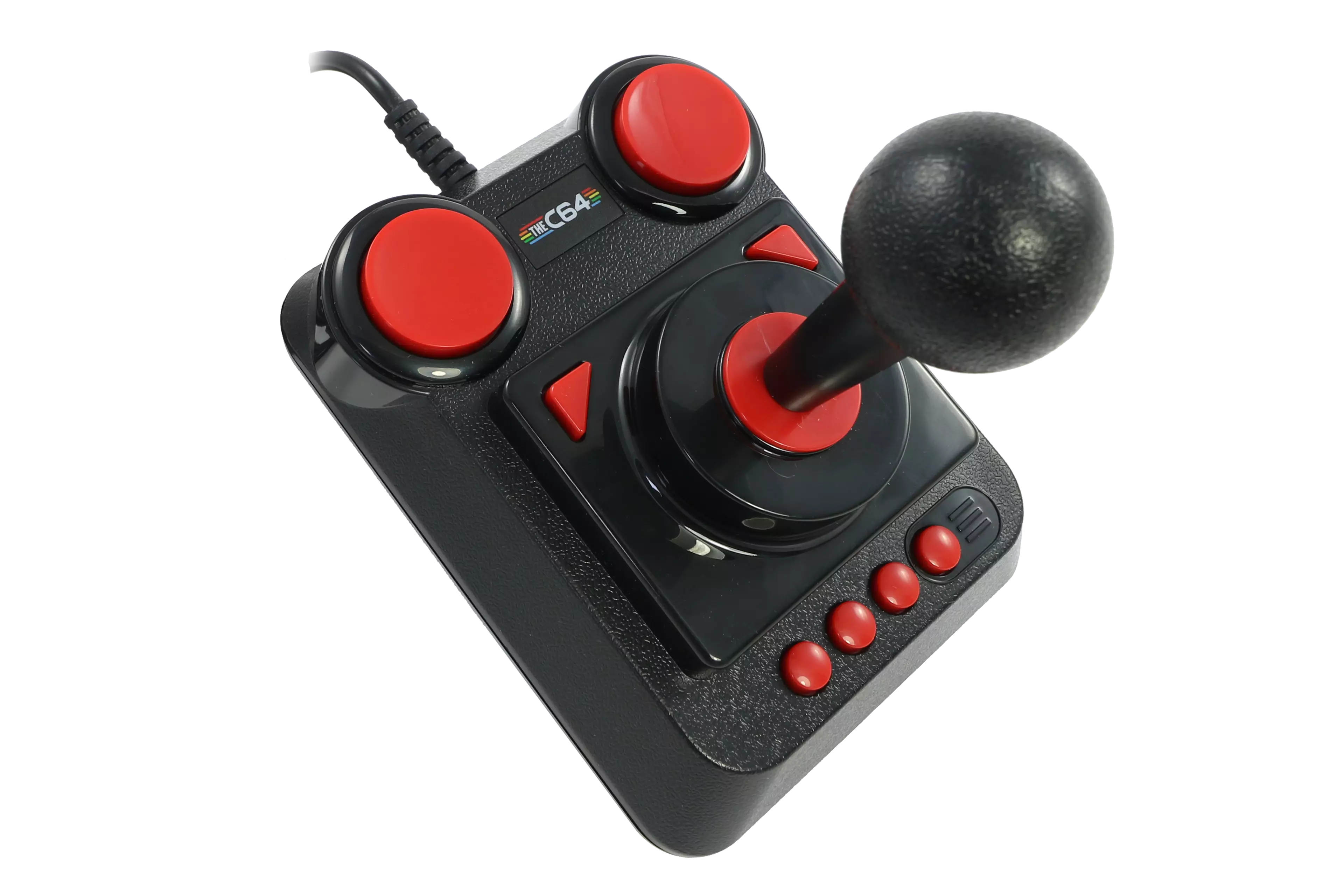
Of the 64 games included, all now displayed in 720p HD at either 50 or 60Hz, a few are genuine classics from the Commodore catalogue. Impossible Mission - with digitised speech, practically unheard of in 1984 - is a fun but challenging platform-puzzler which casts the player as a secret agent infiltrating an enemy base filled with killer robots. Its sequel from 1988 is included here, too. California Games was pretty ubiquitous in the 1980s, appearing on just about every computer and console of the 8-bit era, and its surfboards and skateboards are here alongside other multi-event sports games from developer Epyx.
Boulder Dash, Paradroid, Speedball II, Uridium, Monty on the Run, Nebulus and Everyone's a Wally - the latter a semi-open-world game with multiple protagonists, the very first game to use such a design - are titles that gamers going grey (hello!) may retain a liking for. But none of them have the staying power of Nintendo's 8-bit ambassadors like Super Mario Bros. 3, Metroid and Castlevania, games that really defined their genres at the time. And there's nothing here that can hold a pixelly candle to the experiences that 16-bit systems provided - the same experiences collected in the SNES and Mega Drive mini-consoles that The C64 is competing with.
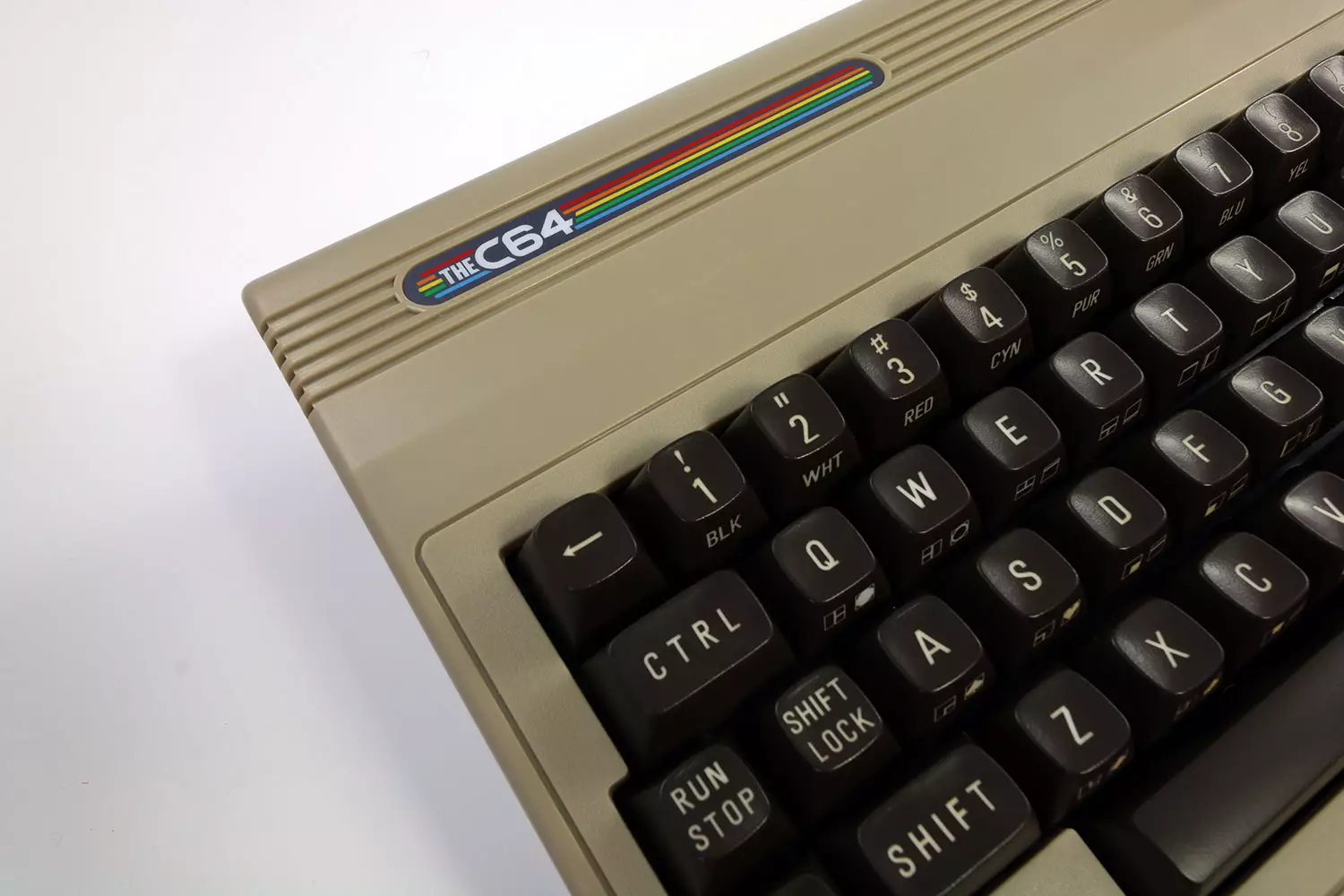
All of which leaves us with a lovingly produced retro system that, sadly, has a really limited appeal. The Commodore 64 was a smash-hit of its day, a worthy rival to the Spectrum in the UK and the undisputed home computer champion in the US. But if you're wanting to take a trip down memory lane with The C64, be prepared for a much, much shorter journey than you'd enjoy in the company of a Nintendo or SEGA mini-console.
Advert
And this isn't any bias talking - I'm absolutely a Commodore fan, having owned and loved the company's 16-bit Amiga (500 and 1200 models) and spent loads of time in front of mates' C64s (we were a Spectrum household, but I never took a side in that particular playground debate). It's just that as authentic as the hardware here is, and as beautiful as that keyboard looks and sounds, it's the games that really matter. And The C64 just doesn't have enough winners on its side, as standard.
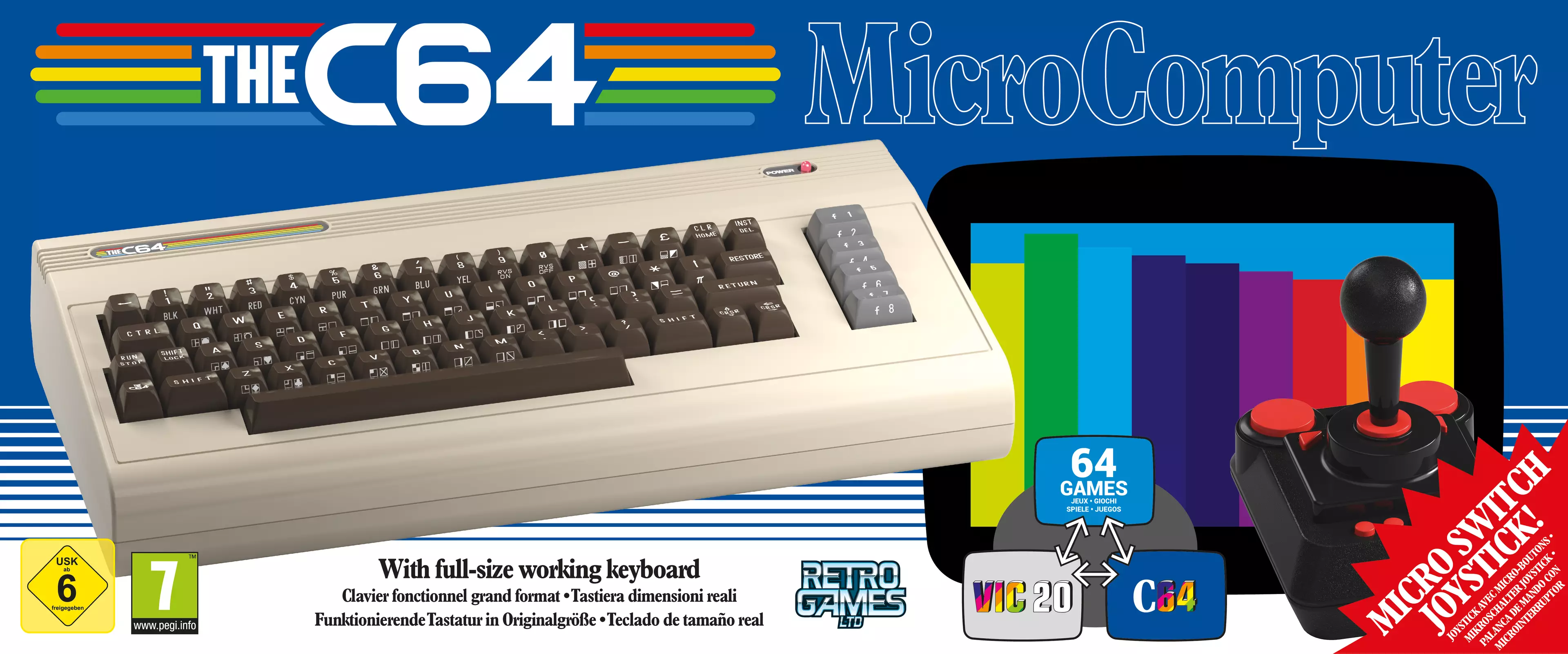
The story would have been different if the line-up was broader, encompassing all-timers like Elite, Maniac Mansion, Lode Runner, Spy vs Spy, Microprose Soccer and Turrican. Now, there's surely a way to add these games, and many others, to the library of The C64 - it has four USB ports, for both adding files and saving your BASIC creations. But when it comes to out-of-the-box thrills, The C64 is a little more lacking than those who fondly remember gaming in the 1980s might have hoped for.
The C64 is available now. Find more information at its official site. We tested a unit that was kindly provided by its publishers, Koch.
Featured Image Credit: Koch / Retro Games LtdTopics: Retro Games